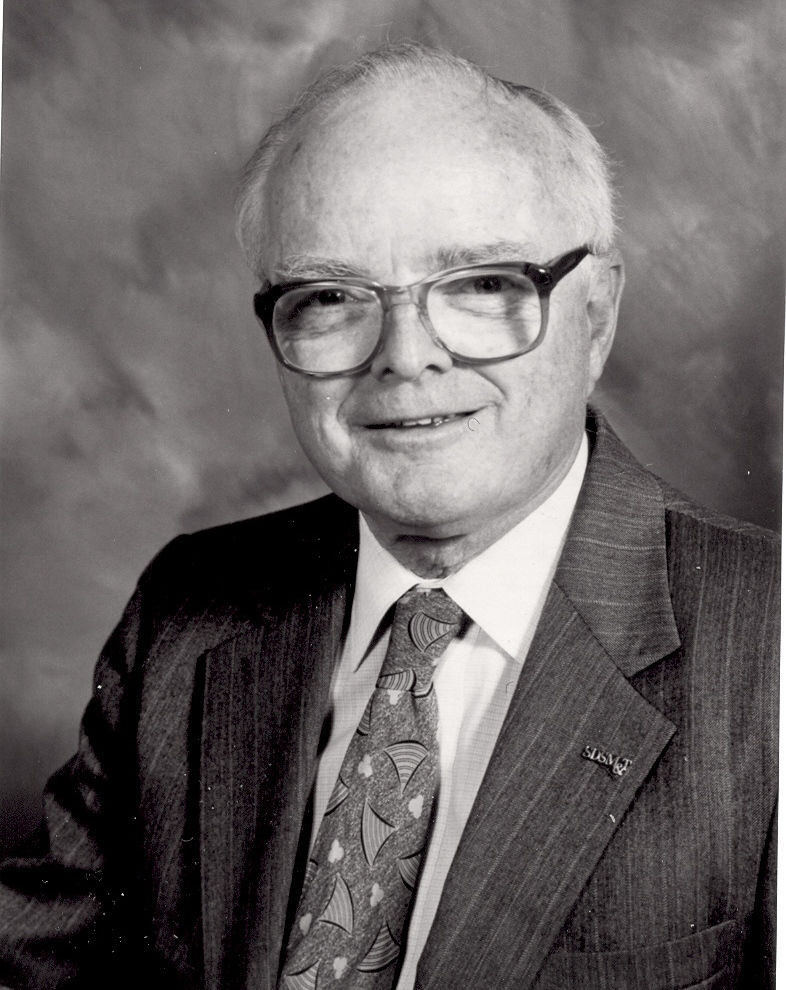
View count: 1
Pages: 90
Publisher: Dakota Alpha Press (Rapid City, ND 57702)
Year: 2006
ISBN: 0987391087
ISBN: 978-0967391069
Download and read it now
The possibility that static electric fields can be created by spinning charges is demonstrated mathematically. In that case it is shown that even though the spinning charge undergoes continuous centripetal acceleration, no energy is radiated. All the fields generated, both electric and magnetic, are static fields. Such electrostatic fields are far fields and do not exhibit the explosive Coulomb forces one would normally expect from the old spherical charge idea.
Another most important result is that gravity is quite possibly electromagnetic in nature. It arises out of a suggestion of Jaroslov Kopernicky of Toronto, Ontario, Canada. He did much experimentation with magnets which led him to suggest that the attractive and repulsive forces in Coulombs law are very slightly unequal. A logical mathematical case can be made for his hypothesis without doing violence to any other long held beliefs about electromagnetic theory. A second result of Kopernicky 's suggestion, after extensive analysis, is that a meaningful understanding of the stable formation of crystalline and amorphous structures is possible, and the nature of resonant vibrations in crystalline solids becomes quite easy to understand.
Finally, one can make an interesting electromagnetic argument that the null result of the famous Michelson-Morley experiment was not a deep mystery after all, but was a perfectly reasonable outcome, without invoking the special theory of relativity (SRT) or Lorentz transformations. That in tum suggests a re-examination of some of the common conclusions based on SRT as well as the Kennedy-Thorndike and Trouton-Noble experiments.
"After performing further experimentation to measure forces between solenoid coils and precise measurement of the flux intensity between magnets, having results rather supporting the previous experimentation, I feel it is prudent to reprint the book written by Bill Hughes, The Electromagnetic Nature of Things. In this book, among other of his ideas he also analyzed some of my experiments and papers...
"The latest experimentation equipment we used is obviously far more advanced than Coulomb's pith balls on the strings 200 plus years ago. Coulomb hardly can be blamed for not finding the asymmetry between attraction and repulsion. Also prejudices of his times were not pressing in our experimenting.
"I am not ready to take Hughes writings without reservations but I believe results of his works are important steps toward the true explanation of nature of our world. I also believe that experimental results described in his book have to be on hand especially in respected institutions and to scientists striving for the truth of nature.
"Considering Einstein's mentality and open-mindedness, if Einstein and Hughes were alive today they would be very good friends."
-- Jaroslav J. Kopernicky


